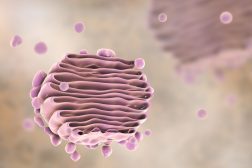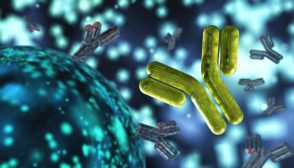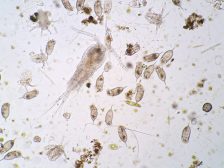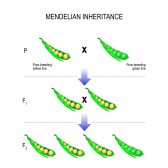Definition
noun, plural: phelloderms
(botany) A part of the periderm made up of cells produced inwardly by the cork cambium
Supplement
In woody plants, the epidermis is eventually replaced by a tougher, protective layer called bark. The bark becomes the outermost layer of these plants, protecting them from water loss, mechanical injuries and pathogens. It is made up of the periderm, the cortex, and the phloem. The periderm, in turn, is comprised of the outermost layer, cork (also called phellem), the middle layer, cork cambium (also referred to as the phellogen), and the inner layer, phelloderm. The cork cambium divides mitotically to give rise to new cells that form the cork layer and the phelloderm layer. The new cells produced inwardly are the cells that form the phelloderm whereas those outwardly form the cork. In angiosperms, the cells of the phelloderm are thin walled (parenchymatous). They are not suberized as opposed to cork cells that are impregnated with suberin. Also, the phelloderm cells are living even at functional maturity (not like the cork cells that turn into non-living cells). Depending on the plant species, the phelloderm may be a single layer or multilayer of cells. Some references regard the phelloderm as the secondary cortex in certain plants.
Synonym(s):
- secondary cortex
See also:







